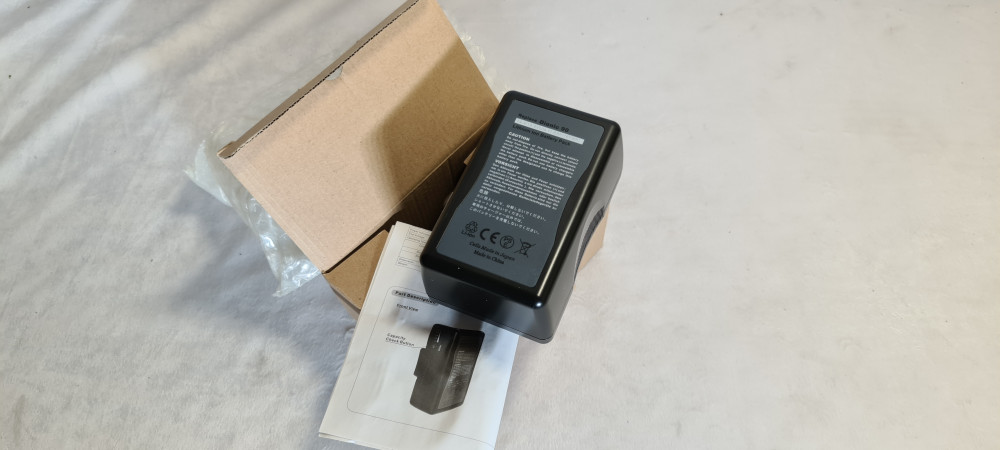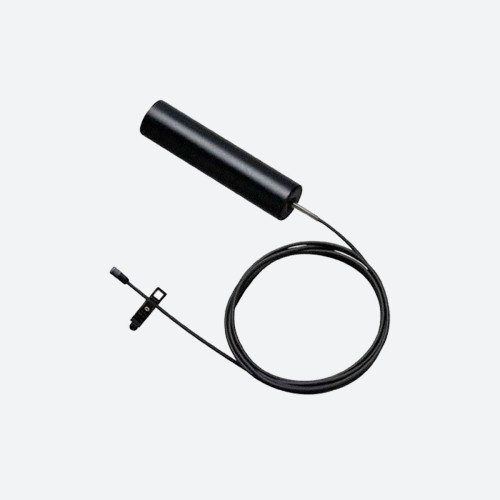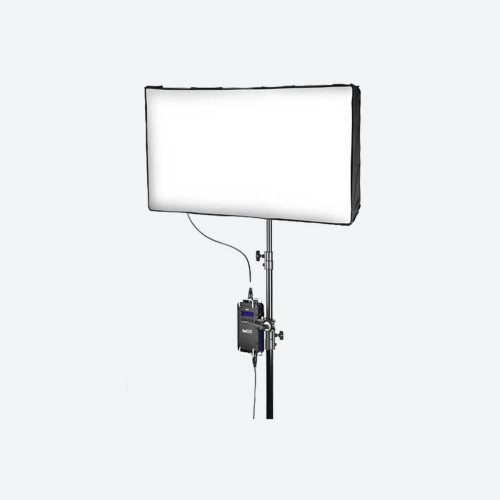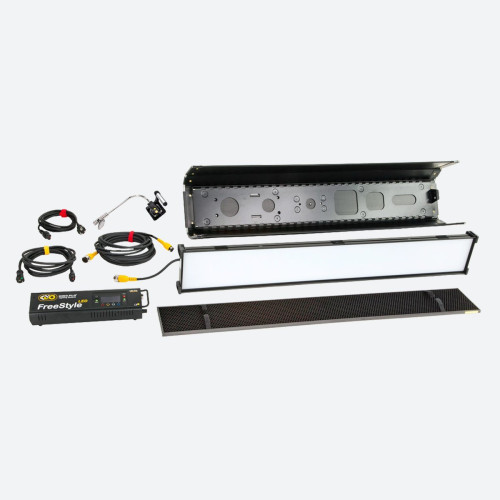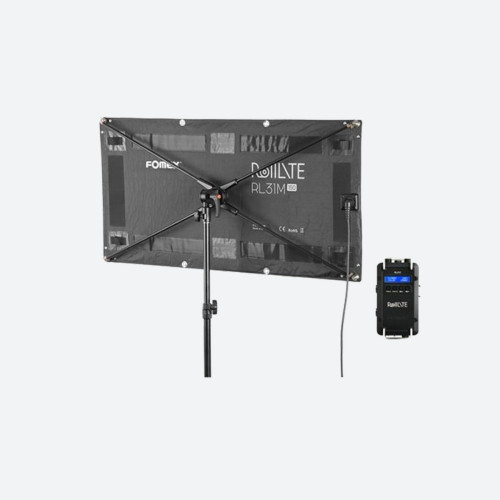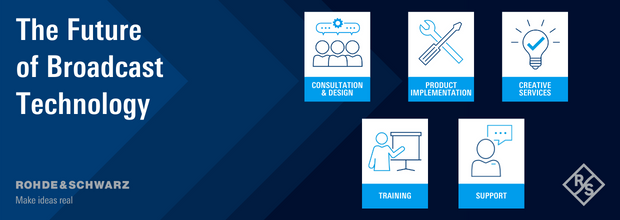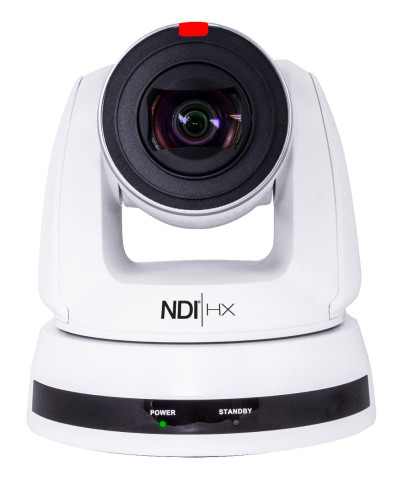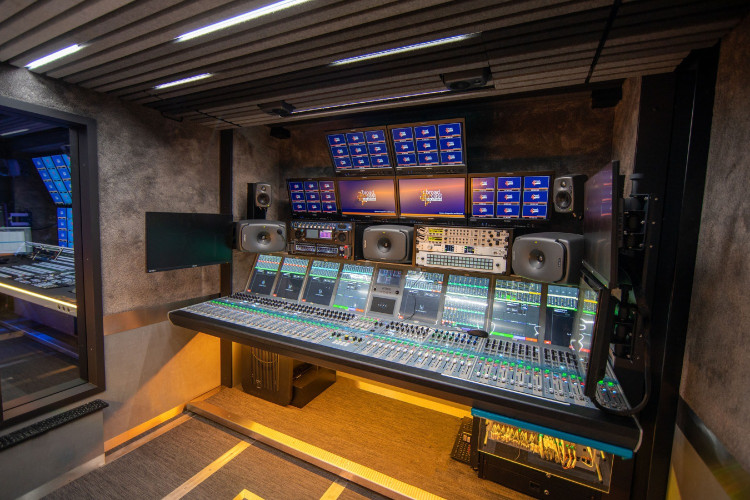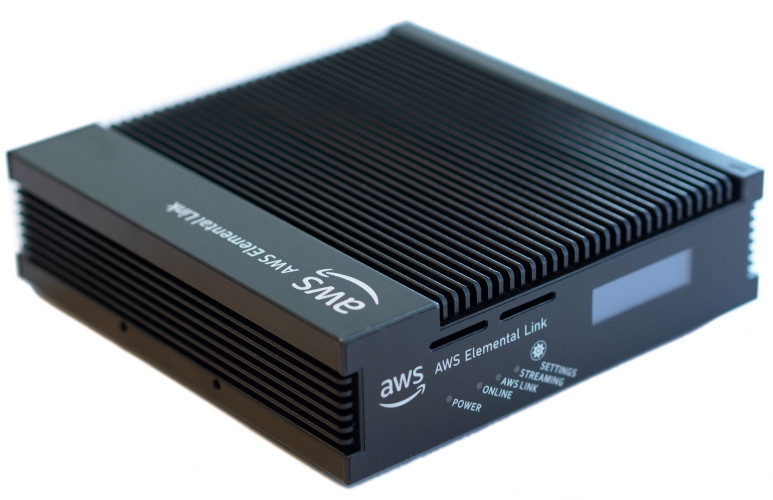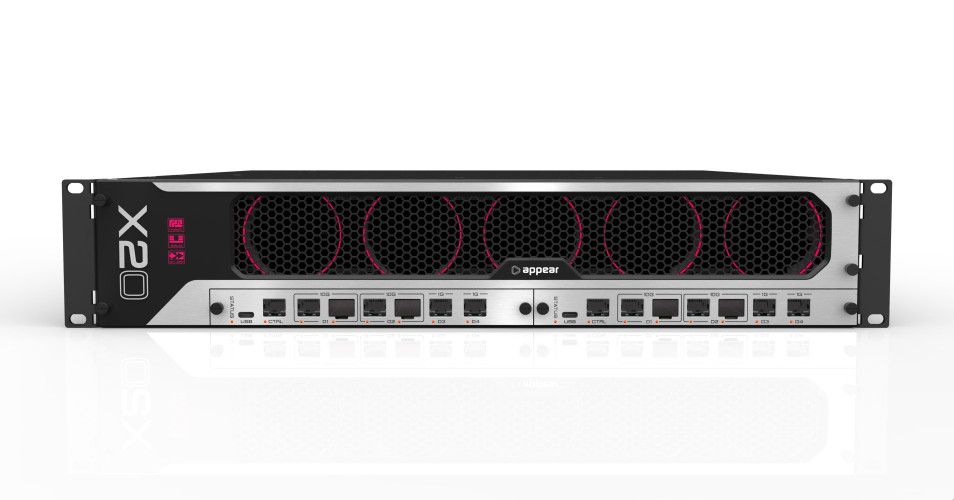by Paul Briscoe Issue 103 - July 2015
Once upon a time, there were few broadcast TV standards. Each used its own regional image formats, color encoding scheme and sound and vision modulation standards. High-power over-the-air (OTA) transmitters broadcast the signal on internationally coordinated and regionally allocated radio frequency (RF) channels, making it easy for viewers to tune in programs. It was a robust model that forever shifted the entertainment paradigm. The upstream technologies quietly evolved from analog to digital, and home TV sets reached the performance limits the standards allowed. This was a simple, stable ecosystem, based on a daily programming schedule of shows and monetized by interstitial soap commercials. Life was simple, and people were happy.
With the advent of cable, a technology that could be added to existing TV sets with a simple set-top box, the channel count jumped. Consumers responded to the opportunity afforded by greater choice in their viewing. Satellite direct-to-home service followed, offering the same huge array of channels and choice.
High-definition TV (HDTV) brought new heights in picture and sound quality. Besides the better picture, it brought overall digital quality, offering audiences a new sense of TV reality. With stereo and surround digital audio, OTA HDTV was a very successful replacement for good old analog, which relinquished its channels some for HDTV, some for new services such as broadband data.
HDTV represented a major technology advance at every node in the food chain. Throughout the standard definition (SD) era, evolution was generally incremental. Improvements to performance and capability remained within the SD performance envelope. Although the migration to HDTV required new everythings, from camera to receiver, the monetization model of the SD era continued as it always had, and the business of broadcasting rolled on. When HD equipment is deployed today, it is no more difficult a process than deployment was in the SD days.
While the simultaneous arrival of flat display technologies was a key enabler of the HD revolution, development of the necessary OTA standards and regulations also was key and such things take time. Over that time, technology suppliers were able to develop the elements needed to build end-to-end systems.
Meanwhile, something else happened: The internet grew up, leading to the rise of streaming video technologies which today allow delivery of broadcast-quality HD to all manner of internet devices over typical consumer connectivity levels. Unburdened by regulatory issues and standards development, internet technologies thunder along at an almost frightening pace. The ability to stream video over the internet has opened a Pandoras box in which lives the future of media consumption. Whether it is YouTube or UStream, Hulu or Netflix, over-the-top (OTT) web content delivery services have come of age, as has their market.
Today, having thoroughly commoditized HD, manufacturers are again looking for the next technology step, which is ultra high definition (UHD). UHD offers the promise of higher resolution and frame rates, wider color gamut (WCG), high dynamic range (HDR) and fancy sound. As they did with HDTV, broadcasters and regulators around the world now are working on moving the business of broadcasting to UHD. Manufacturers throughout the ecosystem are responding with products, particularly consumer TVs, far ahead of the reality of a first broadcast.
Considering the shift to UHD
Unlike the comparatively straightforward transition to HD, the shift to UHD presents some serious challenges for broadcasters.
The first of these challenges is that OTA standards, marketing issues, regulatory approval and deployment all take time, an eternity in the internet age. Over the years it will take, for example, for Advanced Television Systems Committee (ATSC) 3.0 standards to hit viewers rabbit ears, there will be growth of processor power and internet speeds. Even with todays technology, delivery of UHD content over the internet is already common and growing; HD is old hat. With about three iterations of Moores law between here and an optimistic airdate, will there be any need for UHD to go OTA at all?
Another UHD challenge concerns audience and viewing habits. The generations that grew up on traditional broadcast TV continue to watch it; however, their kids and grandkids dont so much. Rather, they consume what they want, when they want, all over the internet. As broadcast markets grey, content and advertising follow, becoming less appealing to younger audiences. Will the next generation of viewers want UHD at all?
Although mobile broadcasting has been a paradox, with attempts to deploy services such as ATSC - Mobile/Handheld (ATSC/MH) in the U.S. falling flat, mobile devices are the fastest growing segment of the consumption market all of it OTT.
Both the production and consumer equipment manufacturers are far ahead of the UHD reality curve. Today, it is possible to purchase an end-to-end UHD broadcast system, from camera to consumer set, minus the OTA element. Thus equipped, a facility is effectively all dressed up with nowhere to go.
These challenges all point to a solution that is already at hand, and it is one that has nothing specifically to do with UHD. Replacing traditional OTA transmission to the home with transmission of bits over the internet is not only a way to deliver UHD now, but also a vehicle that offers all of the benefits of OTT: enhanced advertising opportunities, data mining, and on-demand viewing. It requires a paradigm shift in regulatory thinking, and an even bigger one in broadcasters boardrooms.
There is much to figure out. Pressing questions include how to regionalize and maintain existing ad revenue while ramping up new monetization methods; how to use big data viewer metrics to deliver useful ad targeting; and how to manage and monetize a library of on-demand content. With these questions come the challenges of managing an entirely software-based delivery system that puts control in the hands of current and coming generations of viewers.
Where does it all end?
For OTT-casters, there is no obvious conclusion. The internet will continue to penetrate markets worldwide, and available bitrates will continue to climb while cost per bit continues to drop. Combined with the evolution of processing power and codecs, the delivery of high-quality content such as UHD programming will become increasingly trivial. The shift from personal computer-type platforms to smart devices is well underway, making them true OTT television consumption vehicles.
OTA broadcasters face the challenge of addressing an evolving audience and following a long road to the next technology step. Content considerations aside, their ability to harness the modern internet consumer is key to their survival. Will they do it with a big transmitter on a hill? Perhaps not for much longer. Spectrum is under continuous and growing pressure for redeployment, mostly for internet bits. There will come a tipping point at which the value of the bandwidth required by a TV broadcast clearly is not equal to the value of other bits that could occupy that space.
Finally, broadcasters face the demographic shift of their viewers from those who grew up with and are content with appointment TV and those who want what they want, when they want it. The whole model of scheduled broadcasting came from the limitations of the technology of the day, and thats no longer relevant in the OTT world, nor to its inhabitants. A well-curated broadcast stream and a library of pull content could be the basis for a solid future model for broadcasters.
To thrive in the future, OTA broadcasters need to look beyond the next big format and instead find workable models for relevance and monetization on the internet sooner than later. UHD will come along for free.




